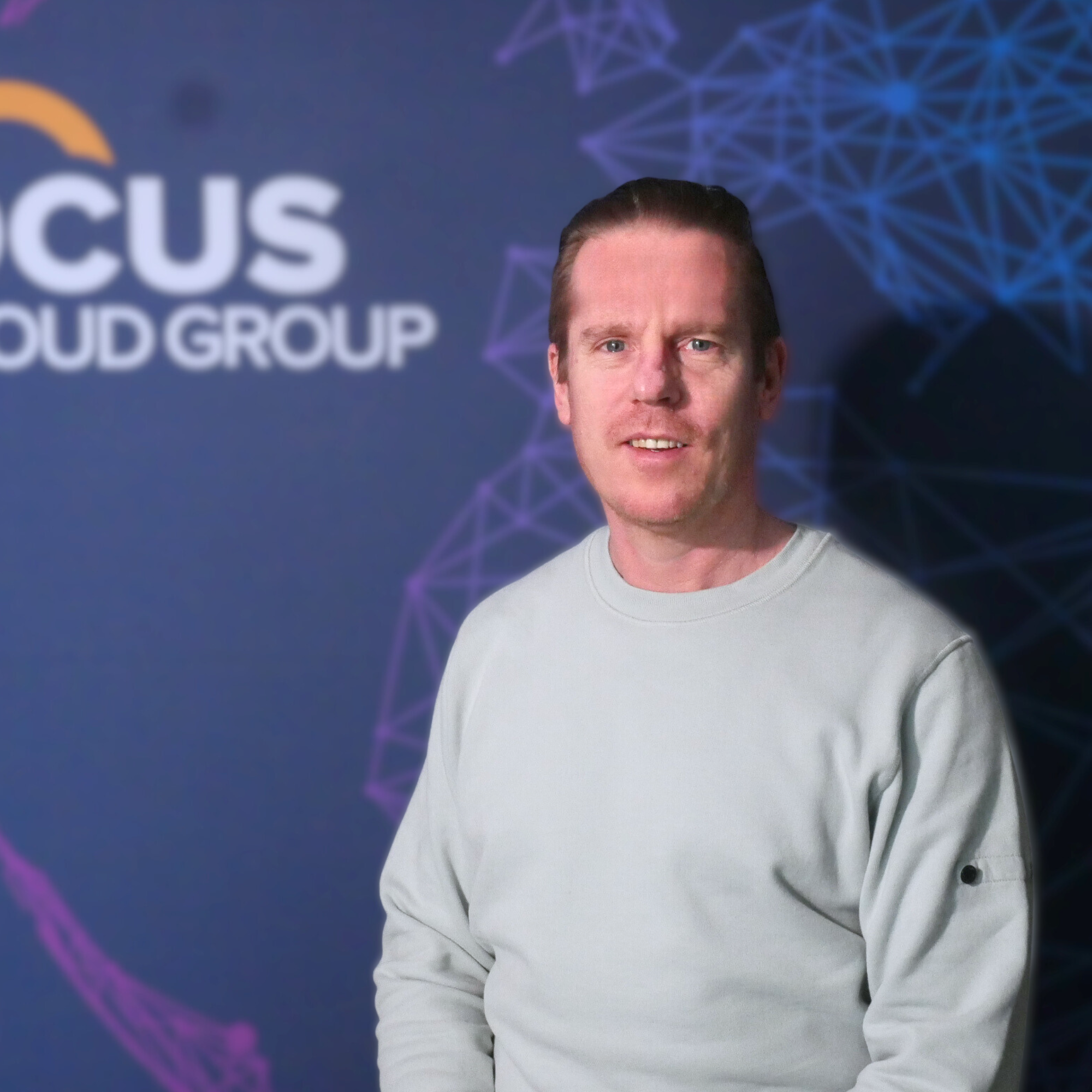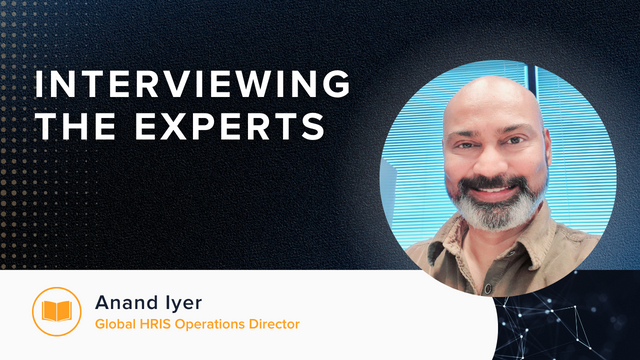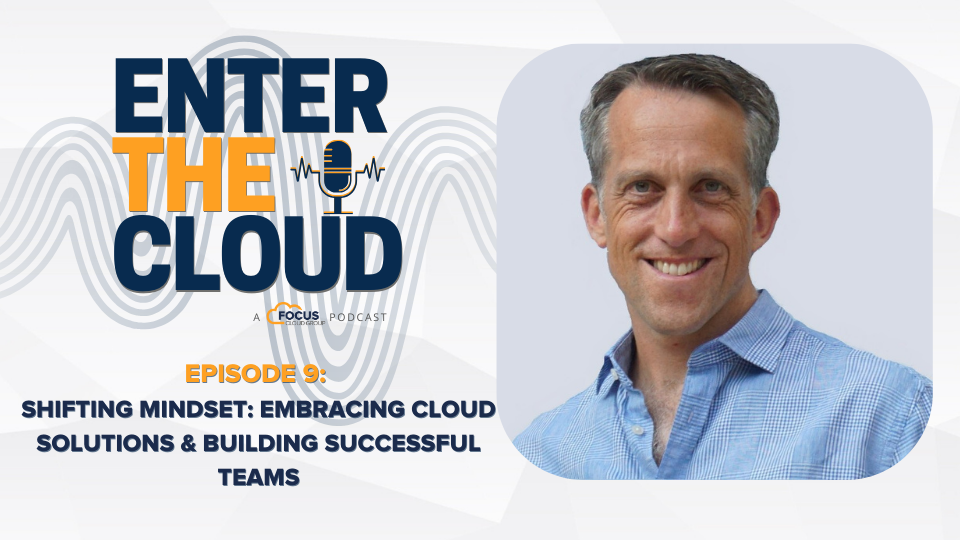Our leadership team have been sitting down with specialists from the Workday® ecosystem for our Interviewing the Experts series.
This instalment saw Nick Donovan, Global Recruitment Director here at Focus on WD, discuss all the pressing topics with Workday® expert Ānand Iyer, Global HRIS Operations Director.
Ānand, based in the US, joined the Workday® ecosystem back in 2012. He has managed HRIS operations globally for several large organisations across multiple sectors, including Life Sciences, FinTech, Retail, Food Services, Hospitality and Core Infrastructure. He also regularly serves on advisory panels and committees and has been involved in pivotal HR tech product development throughout the years.
Nick interviewed Ānand about some very interesting subjects including Workday® releases, AI and the remote vs. on-site debate.
When Workday®’s biannual releases happen, are organisations obliged to take the new features and updates?
There are some updates that are automatic, meaning they are mandatory and will be pushed through onto your Workday® system. There will also be other items that are opt-in, so you can choose to implement those.
Workday® will give you a four-week window where the releases are available in the preview sandbox, so you can go in and test everything out. It’s best to get your end-users in there to work with you and see if any of the opt-in updates are right for you. For the automatic updates, you need to use that pre-release window to test the automatic items thoroughly back-to-back, to make sure that nothing is going to trip you up when they go live.
Can you use your internal staff to handle the updates, or do you need to engage a Workday® partner or an external contractor?
It varies from customer to customer, and resource constraints will have an impact on the decision. Typically, you’d want a well-balanced team that has a mix of core HCM skills, Security and any component of Workday® that you have implemented within the HCM scope. If you have Advanced Compensation, you need skills on your team for that. Then integrations and reporting. If you have these fundamental skill sets in your team, you’re good to go for the release windows. You need that core team of HRIS personnel during this time to make sure you’ve tested the automatic updates.
Having said that, it would be ideal to have end-users, so core HR users and some Managers, on standby to be able to test a few things. It just depends on the organisation, and the size and scope of the Workday® programme. If you have many variations in business processes and there are some high impact business process items coming out, you’d want to have more people on board to test that.
Are there any tools that can help with testing?
There are automated testing tools available, like Kainos Smart Test, and that reduces the amount of manpower you’ll need during the release windows. The testing process would usually involve understanding the release items, writing test scripts, carrying out the testing itself and educating your end-users on the items. You would then get your end-users to test the items themselves, and if at the end everything isn’t quite right, you’d need to deploy remediation efforts.
However, with Kainos Smart Test, you can leave the tool to run tests over the weekend, come back on Monday morning and it will test everything based on the test packs you’ve implemented, and you have test results ready and waiting for you. It takes out a lot of the guesswork and effort involved in testing.
Are there any stand out automatic update items from R1 2024?
There is an update coming on the Mass Operation Action, which will increase the number of transactions you can process to 200,000, which is great news as this used to be pretty restrictive.
You can also now configure a delay in notifications on your business processes. You probably want notifications about certain transactions to be top of somebody’s inbox if you’re awaiting action from them, so if you can delay these notifications over the weekend then that’s a great feature.
There are some additional globalization features, for example advances in local time zone processing. There are also some features that will be welcomed by the talent acquisition world, and that is the ability to regenerate an employment agreement document. That’s definitely a much sought after change!
On the staffing side, there are also some good changes, such as the ability to configure optional fields in a job profile.
Another interesting one involves the Object Transporter – a key change here is the ability to manage reporting and analytics changes in the tenant set up.
And how about opt-in items?
Time Off & Leave has some interesting optional updates coming out, and they’ll be available both on desktop and mobile. For core compensation, configurable optional fields can be added, and the configurable grid for Advanced Compensation is changing. You can now have multiple grid configurations, which is great if you have different types of populations that you want to treat differently.
A really cool update that’s available is Workday Docs for Layout, which will help replace BIRT reports. Often, BIRT reports are a difficult thing to maintain for in-house teams, so it’s a welcome change. You can build your annual merit statements using it, and it will help with performance and talent management for sure. The potential flexibility in changing layouts and adding charts etc. could mean that a high-end power user will be able to generate reports, as opposed to just the HRIS tech teams, so it’s a great step in the right direction.
What are your thoughts on AI in general, and within the HR Tech space?
Workday® are doing everything they can to make their solutions friendly in terms of adopting machine language and artificial intelligence capabilities. I think this is the way to go. Where I’m seeing the highest value immediately is in the staffing space – talent acquisition and talent management, there are some obvious benefits there. But another place where AI and ML might play an important role is Workday Help.
There are some huge positives, but it comes down to Workday® offering their end-clients options in terms of taking or leaving it. Which aspects of Workday® carry AI and ML capabilities, and what makes sense for an organisation in their current stage of growth or transformation?
Do we need to worry about AI de-skilling humans? I think there’s a possibility for that, however some tasks and actions have evolved over time, but we haven’t lost those skills. We went from using brooms, to vacuum cleaners, to robotic vacuum cleaners. But we’ve never lost the ability to sweep the floor.
I’m definitely in favour of adopting, but only if it’s meaningful.
There’s recently been a huge shift back to on-site working, but the Workday® ecosystem has become accustomed to remote working and the flexibility it offers. What are your thoughts on that?
It comes down to the comfort level of the Hiring Manager. I implemented a global flexible working arrangement programme back in 2005-2007, a long time before any pandemic-related working from home occurred. The objective was to attract good talent and retain them.
It worked. It was a huge success. It widened our talent pool, our staff were happy because they had flexibility, our hiring managers were happy because they didn’t lose people, and HR was happy because our retention rate shot up. We could compete really strongly with other companies that offered the same option. All of this was a huge value add and allowed us to say ‘what else can we do to improve the HR function and its ability to serve the organisation?’.
I would definitely recommend that organisations not go down the strict path of saying ‘you have to be in the office’. Hybrid is a great model because it gives flexibility, but also the opportunity for people to be seen and known. That presence helps an individual in their own growth and career progression.
How do you think remote working affects productivity?
Just because someone is physically in the office, it doesn’t mean they’re working. It’s a question of trust begets trust. I’ve always had team members that were remote, for the last couple of decades. I’ve never had a problem. You need to find people that are responsible.
You trust individuals to be mature enough to do what they’re asked to do and what they’ve signed up to do. It’s your responsibility, as a Manager or a leader of an organisation, to hold your team members accountable. If you do that right, and you can have an adult conversation, everything works.
Flexible working arrangements widen the talent pool for organisations. What’s your experience of that?
It’s a supply and demand thing, but it’s also a question of making sure you bring the right people along with you on the journey. If you hire somebody from the local talent pool that isn’t right, and then it doesn’t work out, then it’s an opportunity cost, opportunity loss. You don’t want to spend hiring dollars on somebody that’s not going to be there 6 months down the line. You can widen those prospects by looking further afield to people that can work remotely and travel to the office occasionally for events etc.
On the flip side of that, can you set an amount or percentage of your budget for training? If you do want to get someone local that you know isn’t the higher value candidate in terms of ROI, you could train that person and give them the tools, resources and training to become that high ROI person. It depends on whether you’ve got the time to allow for that, or whether you need somebody to get the job done right now.
Thanks to Nick and Anand for letting us in on such an interesting conversation. Anand’s insights are always on point and so valuable to any organisation looking to implement or manage their Workday® system. You can read more of Anand’s insights here.
If you’d like to take advantage of our expert recruitment services, we are 100% focused on Workday® recruitment, and can partner with you to get your programme up and running. Our specialist consultants will be able to advise on the resources you need, whether you’re in the design phase, looking to bring in some extra pairs of hands during a release window, or if you need some permanent Workday® skills in the building following go-live. Get in touch today.
Prefer your content in video format? Watch this instalment of Interviewing the Experts here.




